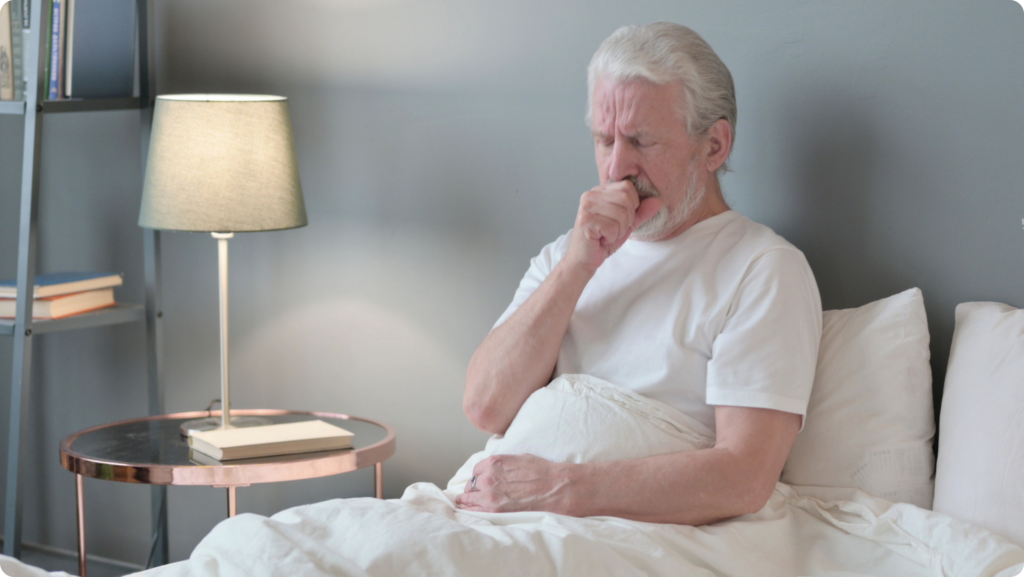Secondary Asbestos Exposure
Helping victims of secondary exposure to get the treatment and compensation they deserve

Home » Asbestos Exposure » Secondary Asbestos Exposure
- Content last modified:
What is Secondary Asbestos Exposure?
People who suffer asbestos-related illnesses like mesothelioma often spent decades working or living with harmful products. In many cases, they were regularly handling asbestos or breathing in the fibers first-hand.
However, they are not the only people who suffer the risks of asbestos exposure. Others can develop illnesses as a result of secondary exposure.
A typical example of how people can be victims of secondary exposure goes something like this. A construction worker comes home after spending all day working with asbestos in insulation, brake pads, gaskets, floor tiles, or pipes. They go into the home, hug their family, kick their boots off and throw their clothes in with the rest of the laundry.
This goes on nearly every day for years.
As a result, the worker’s spouse, children and others living in the home can also wind up breathing in the asbestos. This is secondary exposure.
The Connection Between Work and Home
While many are aware of the dangers posed by the widespread use of asbestos in American industries during the 20th century and the exposure risk for workers, few people realize the dangers of secondary exposure.
Even the simple act of taking the family car to work or bringing contaminated work clothes home to be washed can expose family members, friends and others to asbestos. Secondary exposure poses the same risks as primary exposure, including asbestos lung cancer and mesothelioma.
If your family has been hurt as a result of secondary exposure, The Gori Law Firm can help. For a free case evaluation with an experienced asbestos litigation attorney, call us toll free or contact us online.
Secondary exposure is particularly a problem for the family members of high-risk workers such as:
- Shipyard employees
- Plumbers and pipefitters
- Railroad workers
- Refinery workers
- Chemical plant employees
- Auto Mechanics
- Boilermakers
- Roofers
- Welders
In a situation involving two high-risk workers who share a dwelling, it is possible for a case to involve primary and secondary exposure.
How The Gori Law Firm Can Help You
If you have lived with someone who worked in one of these high-risk occupations — you may have had a significant exposure to asbestos yourself. And if you have recently been diagnosed with an asbestos lung cancer such as mesothelioma, we urge you not wait to seek out legal help just because you don’t have proof.
Our law firm offers decades of experience with asbestos and mesothelioma litigation nationwide — as well as the resources needed to pinpoint the source of your exposure and obtain the compensation you deserve. We have been committed to this work for nearly 15 years and our lawyers have secured over $4 billion in verdict awards and settlements for previous clients. We are ready to start putting those resources to work for you today.
For a free case evaluation, please call our law offices directly or contact us online. One of our experienced secondary-asbestos exposure attorneys will be available to discuss your potential lawsuit, answer your questions and address any other concerns you may have.
Preventing Secondary Exposure
Perhaps the easiest and most effective way to prevent secondary exposure is to comply with proper decontamination protocols. These measures include:
- Wearing personal protective equipment (PPE)
- Removing PPE before leaving a site
- Thoroughly cleaning or disposing of equipment used with asbestos
- Using a HEPA vacuum on hair, body and clothing to remove loose fibers
- Showering
- Cleaning and removing shoes to prevent tracking asbestos off-site
Unfortunately, while these protocols are standard today, this was not always the case. Thus, people can suffer the consequences of secondary exposure today, even if it happened decades ago.
Because people may not realize they were ever exposed to asbestos in this manner, a diagnosis of mesothelioma, asbestosis or other related illness can be shocking.
Secondary asbestos exposure can have devastating effects on a person’s health, which is why victims or their loved ones often seek legal and financial remedies after a related diagnosis or death. Doing so can help these parties get the treatment and compensation they deserve.
Contact Us Today
Get your free case review 24 hours a day.
Fields marked with an * are required
CASE RESULTS











